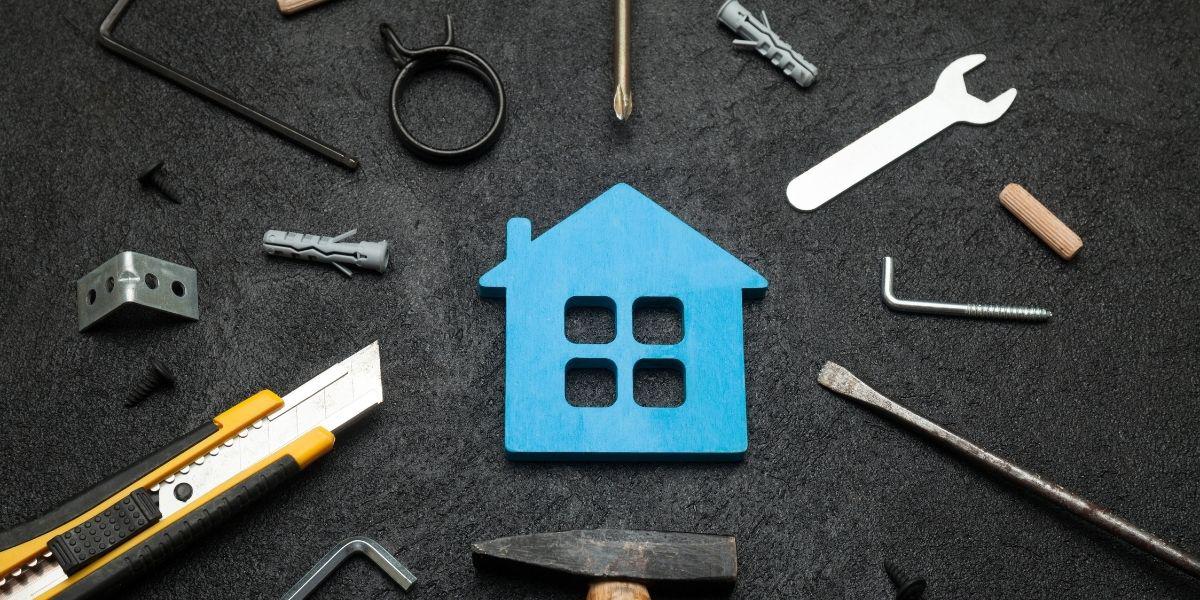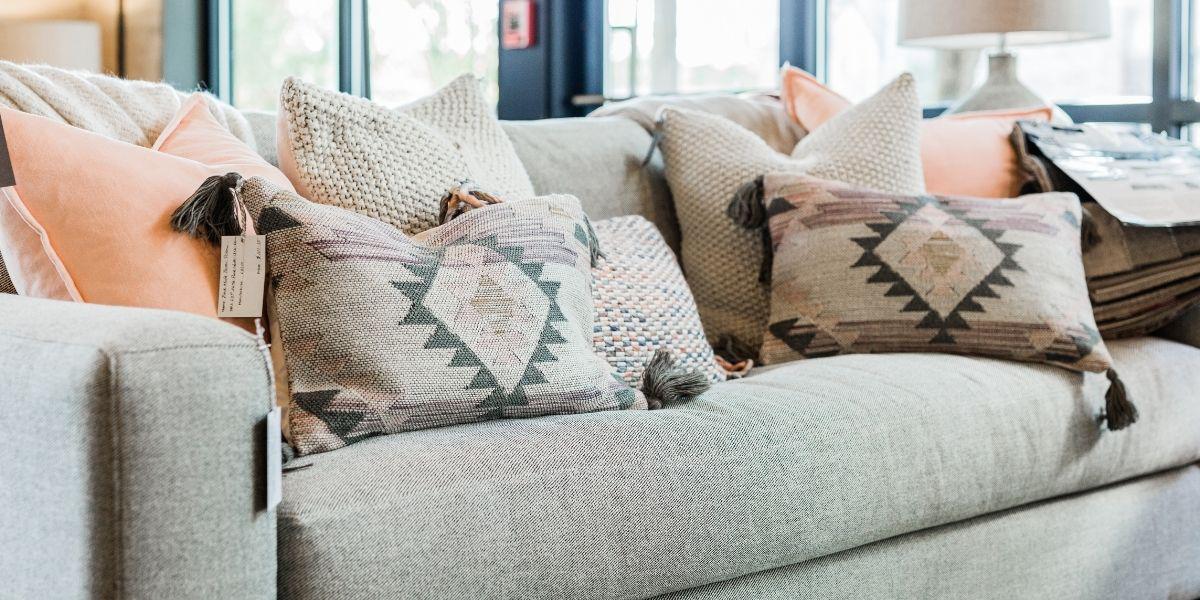How Much You Should Spend on Home Maintenance

Jul 14 | 2021


Jul 14 | 2021


Between buying a new home and transporting yourself and your belongings to it, moving can be an expensive process. One often underrecognized cost of moving occurs before one’s original house has even been sold, and that’s staging the house. Homeowners often spend hundreds of dollars making a home appealing to potential buyers. To ease the
